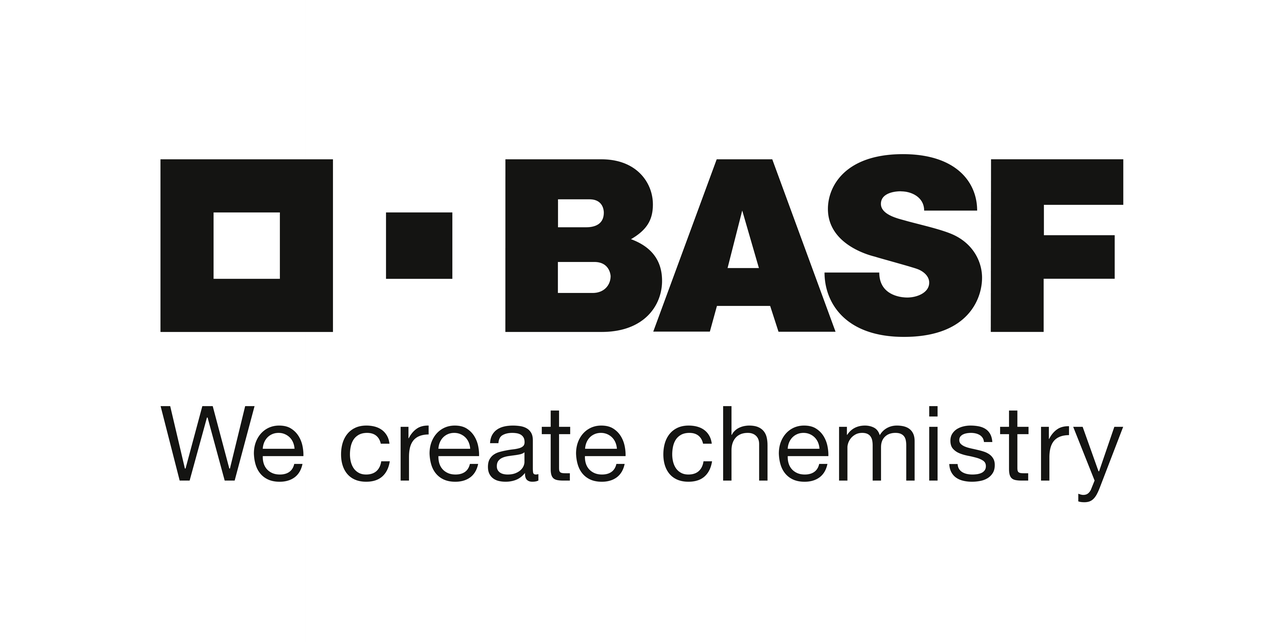Graph-Based Network Topology Analysis for Telecommunication Operators
Sopra Steria built the Intelligent Network Analysis (INA) Explorer Tool, powered by Neo4j, so its telecom clients can simulate network changes and troubleshoot failures in real time.
- Proactive vs reactive analysis and simulation of traffic flows and how network changes impact performance
- Complex queries returned in seconds, compared to up to a week
- Can quickly identify impacted sites, consider alternative routes, and interface with ticketing systems to identify root causes and rapid remediation
Telecom networks connect billions of people and devices across the globe, making them crucial to modern society. Any disruption can hinder emergency services, impede critical information dissemination, and affect daily interactions from safety to commerce to communication between loved ones. Yet even the largest providers can face unexpected outages, impacting millions.
Something as simple as a router going offline can cause a network to fail if information about how that router interacted with the network becomes obsolete.
In 2022, Sopra Steria, a leading advisor to top European telecom companies, set out to solve a complicated problem: How could they build a solution that would help clients anticipate disruption and network failures before they happen?
Only a Graph Database Can Help INA Prevent Outages
Every change in a provider’s network can be a benefit or liability: up to 80% of outages are caused by changes to a network, and 10% of these changes fail on the first iteration. Multiply that by an average of 1,000 changes per day, often manually entered, and there is considerable room for error.
“It’s like changing a tire while driving a car at high speed down the highway at the same time. This is what telecom networks do daily,” says Tamara Kreiling, Senior Consultant, Sopra Steria.
The company knew that if their clients could run simulations on their networks and test planned changes with confidence, the result would be game-changing for the entire industry. Yet the existing infrastructure and technology were not fast or flexible enough to make this a reality.
“With a traditional relational database, you need to merge many tables, which makes the whole process less performant,” explains Franziska Schmidt, a data scientist consultant at Sopra Steria.
Sopra Steria faced a host of challenges in trying to solve for resiliency and predictability in its clients’ networks:
- Client data was fragmented data or in silos
- There was no end-to-end view of a network or insight into traffic flows
- Human error increased through manual documentation and data entry
- Planning data was outdated, static, and not reflective of the current, dynamic state of a network
- No system that represented the real network to test changes in advance
The answer lay in Neo4j’s graph database capabilities: the key to powering a bespoke solution called the Intelligent Network Analyzer (INA), which creates a digital twin of a network topology. This digital twin allows telcos to virtually test changes before deploying them, thereby preventing outages.
“Sopra Steria chose Neo4j as our graph database because of its performance, fast queries, and visualization tools,” says Kreiling.
Maintenance & Optimization: Visual, Automated, Predictive
INA accurately represents a network topology in its current state instead of its planned state. Massive, layered graphs store the relationships between data and the status of the network infrastructure in near real time, allowing network analysts to conduct simulation-based testing.
INA also provides an interactive visualization of the digital twin. Analysts can pinpoint connections likely to experience congestion, test ways to reroute data, simulate network changes, and evaluate potential impact.
“For people without a data science background, seeing the network as a digital twin with nodes and edges that are connected to each other makes it easier for them to understand how the network functions and how to manage it,” says Kreiling.
Without storing data in a native graph structure, Kreiling shares it would be “almost impossible to analyze traffic flows in the network and simulate how changes in the network would affect performance.”
There is some automation, too. A virtual network engineer named INA Monkey runs continuously in the background and randomly simulates failures by consecutively switching points in the network on and off. The tool includes a feature that optimizes automated routing, suggesting the best option within a tested range.
Troubleshooting at Internet Speed
INA represents a network with comprehensive accuracy and end-to-end coverage. If a router fails or there’s a power outage, analysts use the digital twin to troubleshoot.
The tool can be queried to find direct and multi-valued relationships and, importantly, locate connections between them. INA users quickly identify impacted sites, consider all routed traffic, and interface with ticketing systems to help identify root causes and provide rapid remediation.
“I think the most important use case is troubleshooting because it’s time-critical,” Schmidt says. “If the network fails at any point, there might be a lot of customers who can’t use their mobile phone or connect to the internet. The graph database behind INA makes it much easier to find the root cause of the problem.”
837 Million Happy Customers are Connected Customers
INA, powered by Neo4j, is a differentiator for Sopra Steria. Telecom providers know that internet and mobile users are happiest when their connection isn’t interrupted, and Europe’s 837 million internet users are more likely to remain loyal to their providers if their service is seamless.
“The number of use cases is huge,” says Andreas Lattoch, Principal Architect, Telecommunications. “Based on the current state of the network, we can now plan in a capacity- and runtime-oriented way, as well as in a cost- and time-optimized way.”
“The potential of graph technology is far from exhausted for us,” he adds. “We are still at the very beginning with INA. The project results are use-case agnostic to further develop them in the telecommunications sector and across industries for business consulting.”
Get in Touch
Curious about what insights you could unlock for your business with graph-powered solutions? Let’s talk — reach out, and we’ll get in touch.


